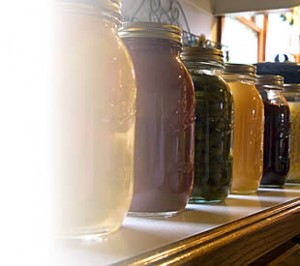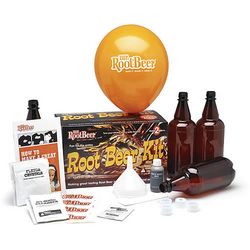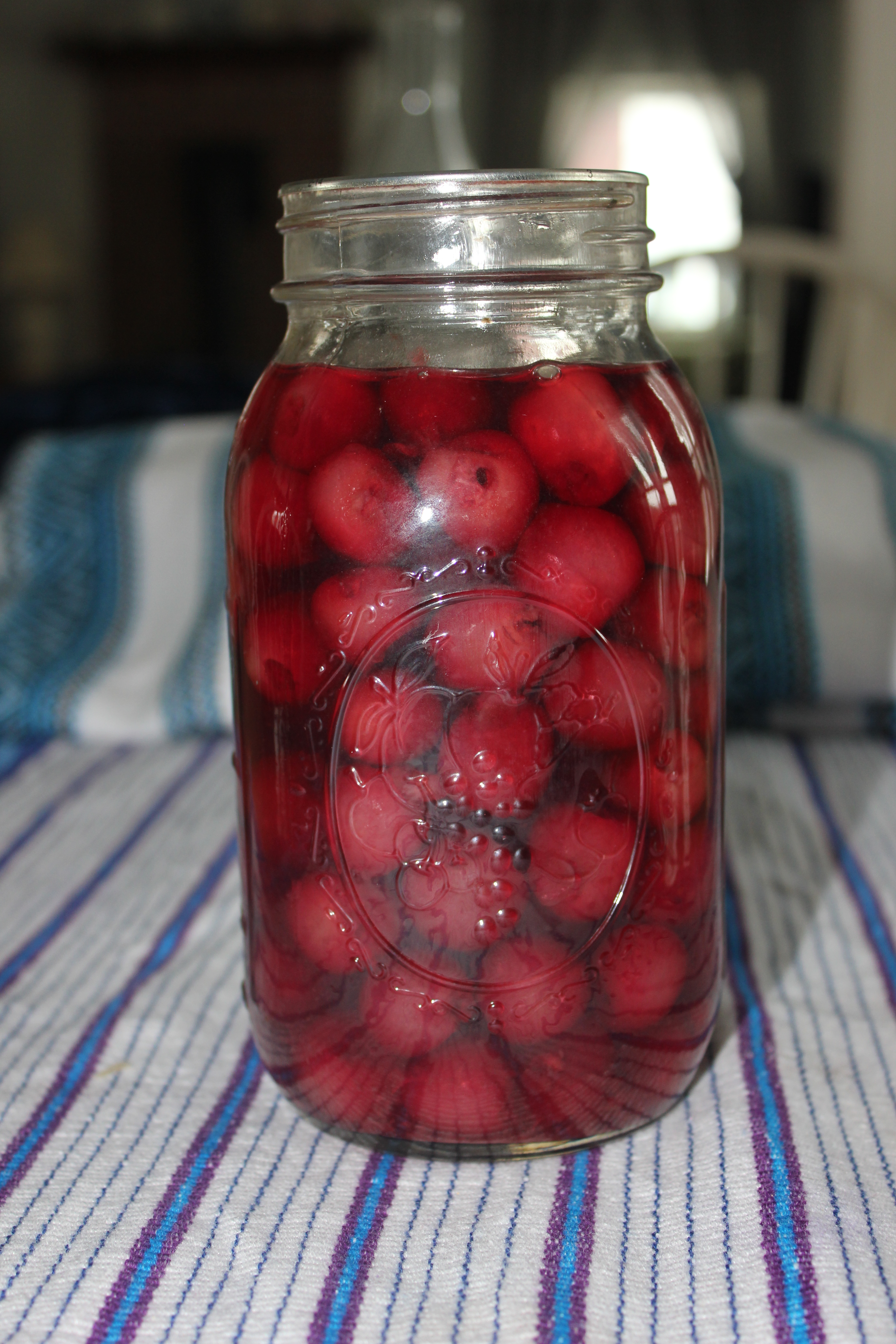 It’s easy to eat local in Massachusetts in August. Sweet corn, vine ripened tomatoes, tender green beans, creamy milk and abundant eggs make consuming local food a treat. But come the dark days of January, that local diet is a lot harder to manage. That’s what food preservation is all about. You take what’s cheap, plentiful and delicious at the peak of its freshness and preserve it for later use. Preservation is all about manipulating the environment of food so it retains its goodness for months or even years.
It’s easy to eat local in Massachusetts in August. Sweet corn, vine ripened tomatoes, tender green beans, creamy milk and abundant eggs make consuming local food a treat. But come the dark days of January, that local diet is a lot harder to manage. That’s what food preservation is all about. You take what’s cheap, plentiful and delicious at the peak of its freshness and preserve it for later use. Preservation is all about manipulating the environment of food so it retains its goodness for months or even years.
Food has a lot of enemies. Microorganisms (mold, yeasts and bacteria) are enemies of food. So is physical damage (one bad apple really will spoil the whole bag). Enzymes that cause food to ripen don’t halt their work when food is harvested. They continue to work until that lovely cantaloupe becomes a sodden mass destined for the compost heap. Food preservation works by controlling the temperature (freezing and root cellaring) removing moisture (dehydrating) or killing mold, yeast and bacteria and then protecting from further contamination by removing and excluding air (canning). You can also change the environment of food by adding salt, sugar or vinegar.
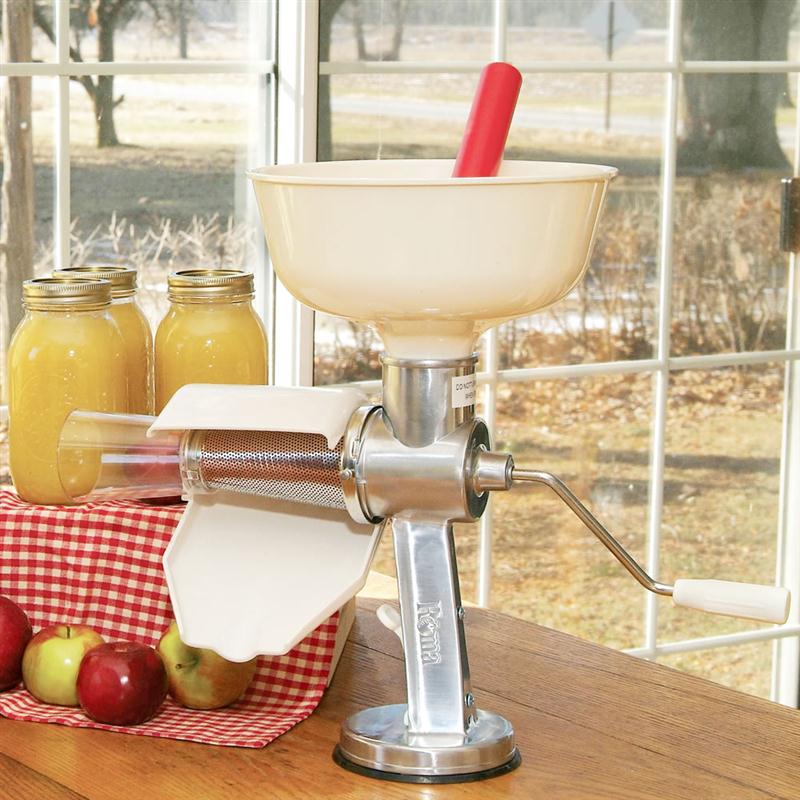
So why discuss food preservation now? Here in Massachusetts the asparagus and rhubarb is still just a promise. The early strawberries won’t even make an appearance until June. We need to discuss it because now is the time to plan your garden, join your CSAor make contact with the farmer who will provide you with raw ingredients for the dilly beans and tomato sauce that will grace your January table.
It’s not too early to take an inventory of jars and lids, pectin and salt and make sure you can put your hands on the ladle and jar lifter when the happy days of canning arrive. I’ll be doing an inventory of what we ran out of and what I overdid so I can plan next year’s pantry. I know without looking that I ran out of peaches and applesauce (it was a terrible tree fruit year) but I rather overdid the tomato sauce. I find I still preserve like I did when I had 8 kids at home. There is only one child at home now, and I just don’t need as much food as I once did.
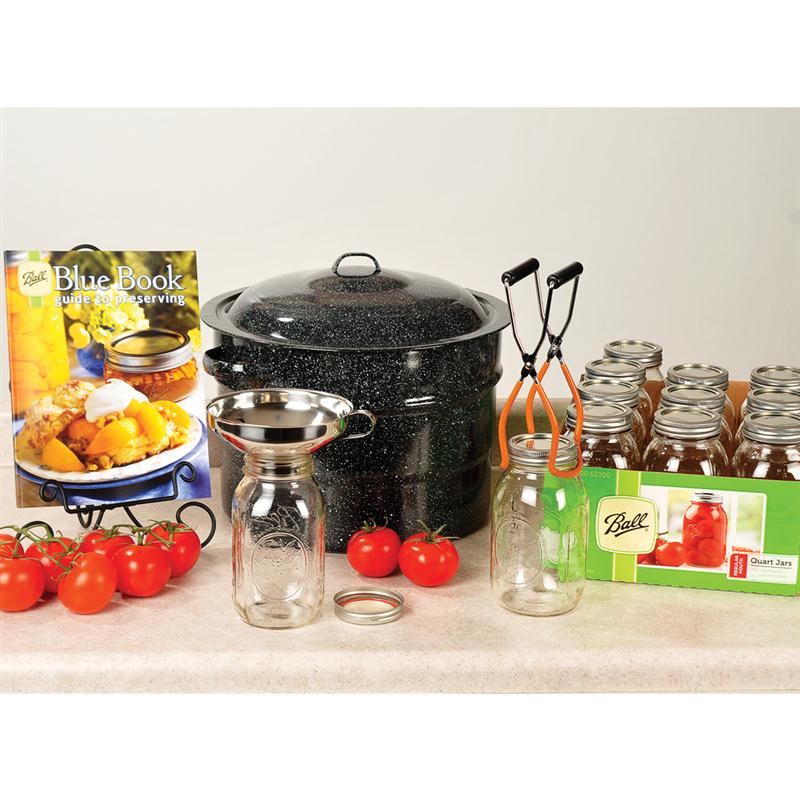
Before I decide on amounts I find it useful to consider the worst case scenario. What if one of my adult kids lost a job? Might they need some food support? Suppose we have a supply disruption? We have had them before and will certainly have them in the future. So what if I have too much sauce? Contrary to popular opinion, canned food does not need to be discarded after a year. As long as the seal is tight and the food looks and smells as it should it’s fine to eat. Last year was a bad year for cherries but no worries for me. I had canned over 100 quarts the year before and we are still eating those cherries.
So what’s on your agenda? Are you going to grow or purchase? What tools and equipment needs to be procured or replaced? Don’t be put off by the high price of good equipment. Go in with a friend or your sister or your church group. Get what you need now while supplies are good. Who knows what the summer may bring. Be prepared to eat well.


